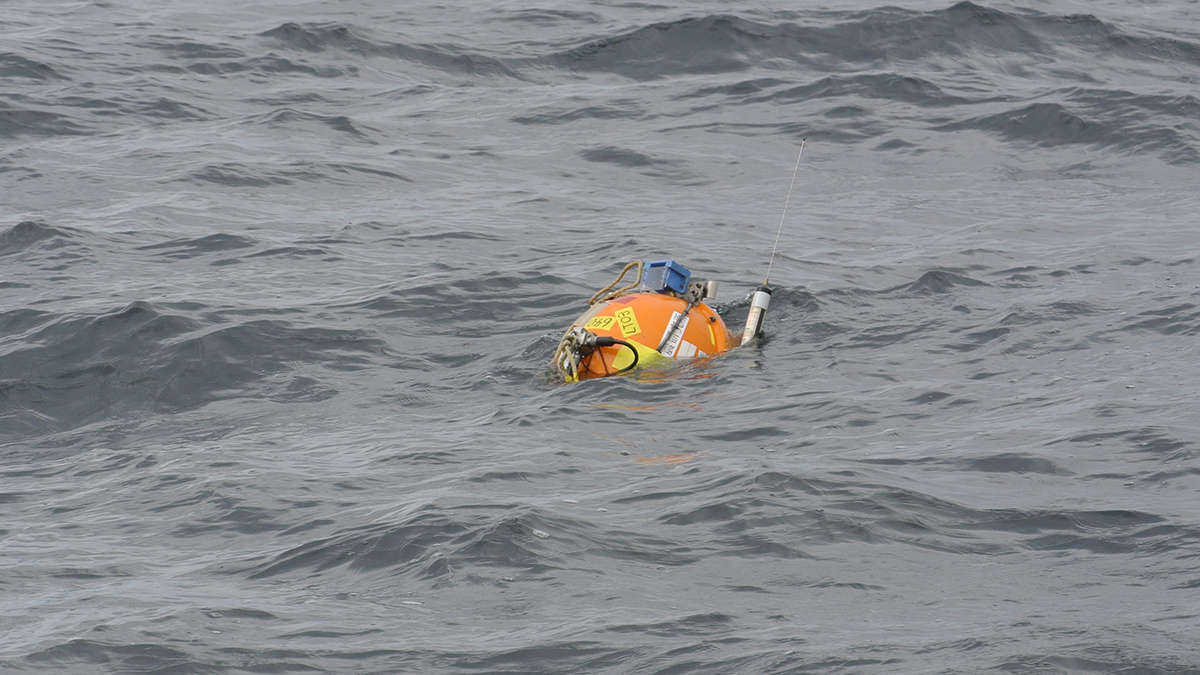Source: Geophysical Research Letters
Off the southern coast of Chile, three tectonic plates meet at a point known as the Chile Triple Junction. Two are oceanic plates, the Nazca and the Antarctic, which are separating in an active spreading center, creating a mid-ocean ridge between them. At the same time, both plates—spreading ridge included—are sliding into the mantle beneath a third plate, the South American. The Chile Triple Junction is the only place on Earth where an active spreading center is subducting under a continental plate.
Just to the east of the triple junction, beneath South America’s Patagonia region, a gap known as a slab window exists between the subducting oceanic plates. Caused by the subduction of the spreading center, the window exposes the overriding South American plate to hot mantle material from below.
Knowing the size and geometry of this opening is key for parsing out the area’s complex geology. However, limited offshore observations have left researchers unsure of where the slab window begins.
Recently, a new array of seismic stations deployed on the ocean floor off of Chile’s coast has boosted opportunities for observation. According to Azúa et al., the new seismic data help to pinpoint the beginning of the Patagonian slab window to just south of the Chile Triple Junction.
The seismic data captured shallow tectonic tremors, a type of “slow earthquake” that releases energy more gradually than conventional quakes—often over the course of several days. Slow earthquakes are increasingly being studied to enhance understanding of plate boundaries.
Using nearly 2 years’ worth of the new ocean bottom seismic data, the research team detected about 500 shallow tremors near the Chile Triple Junction. When they compared the locations of these tremors with the locations of previously detected conventional earthquakes, they noticed a distinct gap between where the two types of events occur.
The researchers interpret the gap in seismic activity as evidence of the youngest part of the Patagonian slab window, formed within the past 300,000 years.
Although further research will be needed to confirm and build on these findings, this work represents the first direct evidence of the offshore edge of this hole between the two subducting plates. (Geophysical Research Letters, https://doi.org/10.1029/2025GL115019, 2025)
—Sarah Stanley, Science Writer


